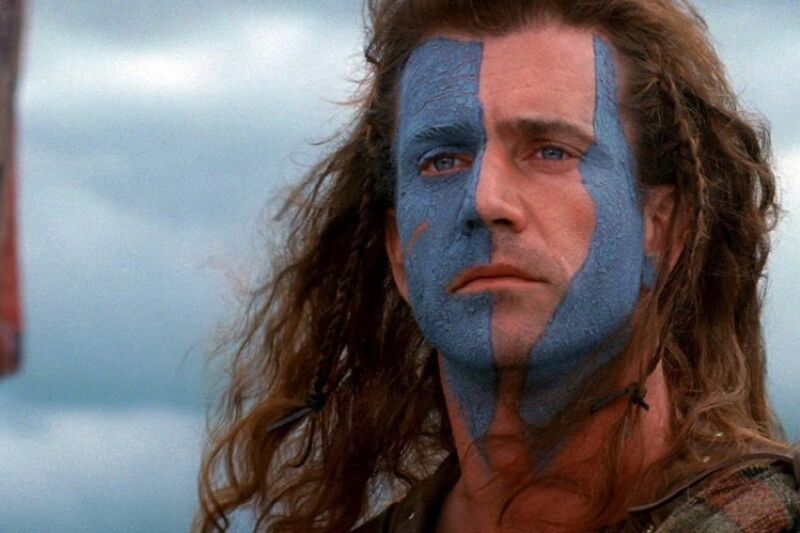Archaeologists may have found William Wallace’s hidden fortress
Ars Technica » Scientific Method 2020-05-22

Enlarge / The 1995 film Braveheart, starring Mel Gibson as the medieval Scottish knight Sir William Wallace, turns 25 this month. Archaeologists think they may have located the hidden fort he used during his battles against the English. (credit: Paramount Pictures)
William Wallace, the Scottish knight who emerged as a military leader during the First War of Scottish Independence in the late 13th century, has become a household name thanks to Mel Gibson's blockbuster film Braveheart, which celebrates its 25th anniversary this month. Wallace's rebellion began with the murder of the High Sheriff of Lanark in May 1297, and he conducted several successful raids before achieving a stunning upset victory against English troops at the Battle of Stirling Bridge. He was particularly known for his strategic use of terrain, and legend holds that he conducted at least one raid from a hidden fort somewhere in the vicinity of Dumfriesshire.
There is mention of the fort in The New Statistical Account of Scotland (published between 1834 and 1845). It said the fort adjoined a glade called Torlinn, commanded "an extensive view of the south," and was protected on three sides by two branches of a steep ravine and a large ditch. In 1297, Wallace supposedly holed up in the fort with 16 men, "with whom he sallied forth to annoy the English garrison under Greystock and Sir Hugh of Moreland."
Now Forestry Journal has announced that archaeologists may have discovered the site of Wallace's hidden fort. Matt Ritchie is an archaeologist with Forestry and Land Scotland (FLS), who has been working with an organization called Skyscape Survey to develop a drone-based method to conduct photogrammetric surveys. This involves using remote-controlled drones to take hundreds of photographs from the air, then stitching them together with the help of point-matching software.